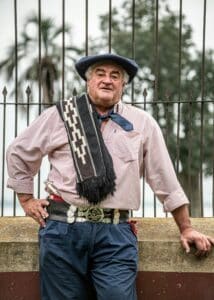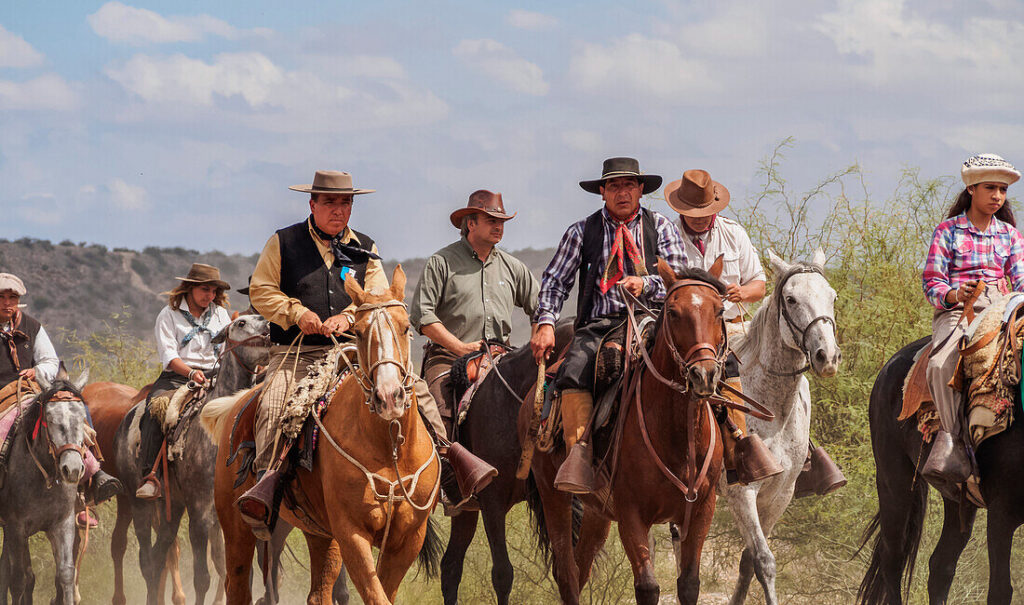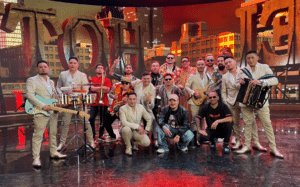Gauchos Argentinos: Unveiling the Soul of Argentina’s Cowboy Culture
Imagine a figure on horseback, dressed in worn leather, with a wide-brimmed hat shading their face. They carry a lasso in one hand and a knife at their side, exuding a sense of freedom and resilience. This is the Gaucho, a symbol of Argentina’s rich cultural heritage. But who exactly are the Gauchos, and what makes them so integral to Argentine identity? Let’s dive into the fascinating world of Gauchos Argentinos and explore their history, traditions, and the implications of their enduring legacy.
What’s a Gaucho?
The term “Gaucho” refers to the skilled nomadic cowboys of Argentina, Uruguay, and parts of Brazil. These men (and sometimes women) were known for their expertise in herding cattle, horseback riding, and surviving the harsh conditions of the Pampas, the vast grasslands of South America. The Gaucho lifestyle emerged in the 17th and 18th centuries, shaped by the blending of indigenous, African, and European influences. They were often seen as outlaws or wanderers, but their contributions to the region’s economy and culture cannot be overstated.
The Gaucho’s reputation as a rugged individualist has made them a romanticized figure in Argentine folklore. They were not just cowboys; they were storytellers, musicians, and keepers of tradition. Their way of life was deeply tied to the land, and their skills were essential to the thriving cattle industry of the time.
Argentine Culture and Tradition
The Gaucho is more than just a historical figure; they are a cornerstone of Argentine culture. Their influence can be seen in music, literature, and even the national identity. For instance, the traditional Argentine asado (barbecue) has its roots in the Gaucho’s communal feasts, where they would roast meat over an open fire and share stories of their adventures.
The Gaucho’s connection to the land and their self-reliance also shaped Argentina’s national pride. They embody the spirit of independence and resilience, values that are deeply cherished by Argentinians. Even today, festivals and celebrations across the country honor the Gaucho’s legacy, often featuring traditional dances like the chacarera and the milonga.
Way of Living
The Gaucho’s way of life was defined by their relationship with nature and their resourcefulness. They lived in harmony with the Pampas, relying on their knowledge of the land to find water, food, and shelter. Their diet consisted of beef, mate (a traditional caffeine-rich drink), and tortas fritas (fried dough pastries), all of which are still enjoyed in Argentina today.
The Gaucho’s tools were simple but essential: a lasso for herding cattle, a facon (knife) for cutting meat, and a boleadora (a throwing weapon made of stones tied to a cord) for hunting. Their clothing was practical and durable, designed to withstand the elements. The iconic Gaucho hat, for example, was wide-brimmed to protect against the scorching sun.
One of the most fascinating aspects of the Gaucho’s way of life was their communal spirit. They often traveled in small groups, sharing tasks and stories around the campfire. This sense of camaraderie was crucial in the isolating vastness of the Pampas.
A Modern Perspective: The Gaucho in Contemporary Argentina
While the traditional Gaucho lifestyle has largely faded due to urbanization and modernization, their influence remains strong. Today, the Gaucho is celebrated as a cultural icon, symbolizing the country’s history and identity. However, the decline of the Gaucho’s traditional way of life raises important questions about the impact of progress on cultural heritage.
Many Argentinians still identify with the Gaucho’s values of independence and resourcefulness. In fact, the term “Gaucho” is often used as a source of pride, reflecting the nation’s connection to its rural past. This duality—honoring tradition while embracing modernity—defines much of Argentina’s cultural landscape.
Comparing Gauchos to Other Cowboy Cultures
To better understand the Gaucho’s unique place in history, it’s helpful to compare them to other cowboy cultures around the world. The American cowboy, for example, shares some similarities with the Gaucho, such as their reliance on horses and their connection to the cattle industry. However, there are key differences that set the Gaucho apart.
Aspect | Gaucho (Argentina) | Cowboy (USA) |
Geography | Pampas (grasslands) | Prairies and plains |
Cultural Influence | Blend of indigenous, African, and European | Primarily European |
Lifestyle | Nomadic, communal | Often solitary or in small groups |
Tools | Lasso, facon, boleadora | Lasso, revolver, spurs |
Legacy | Celebrated as a national symbol | Iconic but less central to national identity |
This comparison highlights the Gaucho’s unique cultural significance and the distinct challenges they faced in their environment.
Conclusion
The Gaucho is more than just a figure from Argentina’s past; they are a living symbol of the country’s spirit. Their resilience, resourcefulness, and connection to the land have left an indelible mark on Argentine culture. As we look to the future, the Gaucho’s legacy reminds us of the importance of honoring our roots while embracing change.
Whether you’re sipping mate, listening to traditional folk music, or enjoying an asado with friends, the Gaucho’s influence is ever-present. They may no longer ride the Pampas as they once did, but their story continues to inspire and captivate, ensuring that the spirit of the Gaucho lives on for generations to come.







